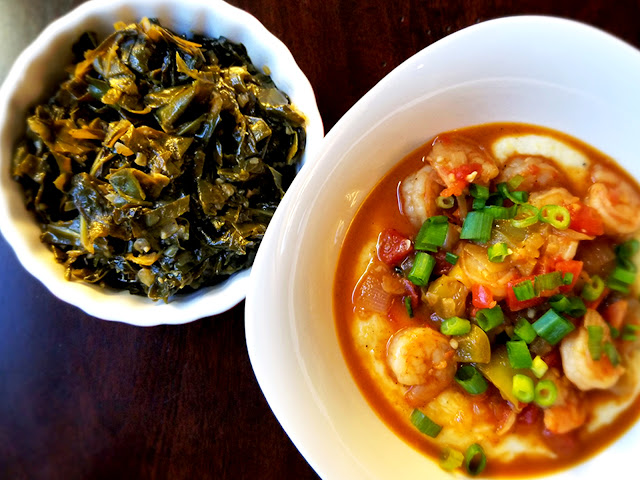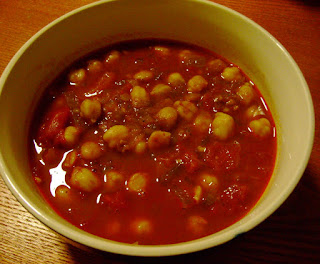No-knead bread loaves
 |
| Everything bagel bread |
 |
| Italian herb and cheese bread |
Basic no-knead bread loaf
3.5 cups flour (I like a combo of half white, half wheat)
.5 teaspoon instant yeast
1.5 t salt
2 cups water
Combine dry ingredients in a large bowl. Add water and stir until combined; dough will be shaggy and sticky, moist enough to not be a tough ball. Cover bowl with plastic wrap. Let dough rest at least 8-24 hours at room temperature. I usually mix up the dough in the evening and bake it for lunch or dinner the next day. Dough will double or triple in size during that time.
Two hours before you're ready to bake it, punch down the dough by stirring it in the bowl a couple times. This redistributes the yeast and helps the bread rise more evenly. I don't bother rolling it out and dirtying more dishes. Just dump the dough into a greased loaf pan and spread out a bit. Cover loosely with your plastic wrap. It's fine if it doesn't spread out much, because as you let it proof for the next 2 hours, it will spread and rise to double in size.
As you approach the end of the two-hour proofing, preheat the oven to 450 degrees. Move a rack to the middle-bottom of the oven. Once preheated, remove plastic wrap and place loaf in oven. Immediately reduce the temperature to 425. The initial burst of heat activates the yeast and lets the bread shoot up before it crusts over. Bake 40 minutes, until bread sounds hollow when tapped. Remove bread from pan and cool on rack.
Here are some variations we've done:
Italian herbs and cheese bread (my husband created this one. It tastes like the bread from Subway, which is a high achievement to him.)
3.5 cups white flour
1.5 t salt
.5 t yeast
2 1/2 t Italian seasoning
1 t garlic powder
1/4 cup Parmesan cheese
2 cups water
Everything bagel bread
3.5 cups flour
.5 teaspoon instant yeast
1 t salt
2 T Trader Joe's Everything Bagel seasoning (only do 1 t salt)
2 cups water
Herbes de Provence bread
3.5 cups flour
.5 teaspoon instant yeast
1.5 t salt
2 t herbes de Provence
2 cups water
Outback bread (another invention by my husband. It tastes like the sweet brown bread at the chain restaurant.)
3.5 cups whole wheat flour
.5 teaspoon instant yeast
1 t salt
.5 cup molasses
1 1/4 cups water
Faux sourdough bread (adding yogurt with live cultures to the ferment adds many of the same microbes as you would find in a sourdough starter, and it makes an extra flavorful loaf)
3.5 cups wheat flour
.5 teaspoon instant yeast
1.5 t salt
1 cup plain or Greek yogurt, any amount of fat
1 1/2 cup water





Comments
Post a Comment